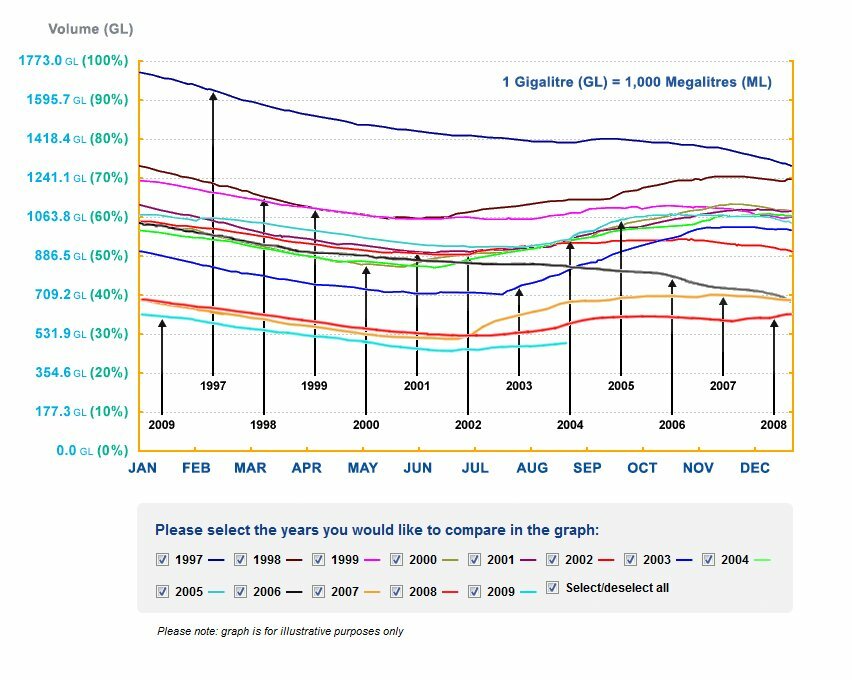When your IT equipment is due for upgrade it’s the perfect time to greatly reduce your computing energy use. But how do you know what products to use?
The US EPA Energy Star standard is now the defacto standard for energy use computing equipment. This certifies products as either being energy star compliant or not.

Energy Star logo
This is now a quite stringent standard, with version 5.0, the latest version, coming into force on 1 July 2009. The standard takes into account the power used by computers when off, in standby mode, and when in idle mode (that is when on, the operating system has loaded, and activity is limited to basic system applications). Each mode is weighted according to an estimate of the hours per year the computer will be in each mode.
For example to be energy star compliant a category A desktop computer (your typical office computer with a single core processor) would need to use say less than 2 watts when off and in standby mode, and 39 watts or less in idle mode. Most desktops we measure when undertaking audits consume more than these threshold limits. A similar category A notebook would need to use say less than 1 watt in off and standby modes, and 13 watts or less in idle mode.
Thin client requirements are similar to laptop/notebook requirements.
The Energy Star (5.0) standard covers five categories:
- Desktops, Integrated Desktops and Notebooks
- Workstations
- Game Consoles (under development)
- Small Scale Servers
- Thin Clients
So a simple way to maximise the energy savings from your next computer upgrade is to specify that ALL equipment (desktops, notebooks, thin clients, servers) be Energy Star (5.0) compliant. Or if your upgrade isn’t happening for a year or so, to the most recent Energy Star version at that time. You can see full details of the standard at the Energy Star website.
And of course if you are currently operating desktop computers seriously consider thin clients (which will cost no more, but greatly reduce your energy use) or notebook computers.
The Energy Star site includes a list of products that are available internationally, and not just in the US.
In conjunction with the Energy Star site you can also use the EPEAT website, which assesses products against a range of sustainability criteria including:
- Materials selection
- Design for end of life
- Product longevity/life cycle extension
- Energy conservation
- End of life management
- Corporate performance
- Packaging
The EPEAT site lists products available in 40 countries, including Australia. It is a program of the Green Electronics Council, a charitable not for profit organisation. EPEAT is a green electronics certification system. The list of EPEAT certified computers in Australia is pretty small, so if you have a preferred vendor who isn’t on this list I’d encourage you to ask your vendor to get their product EPEAT certified.




